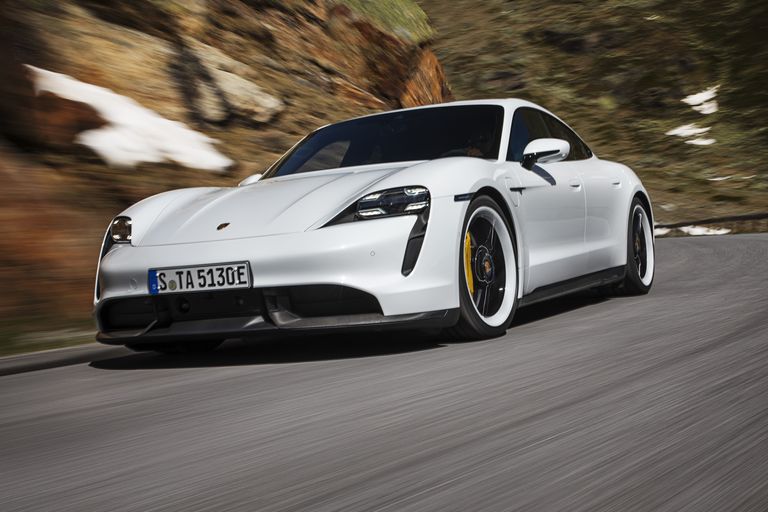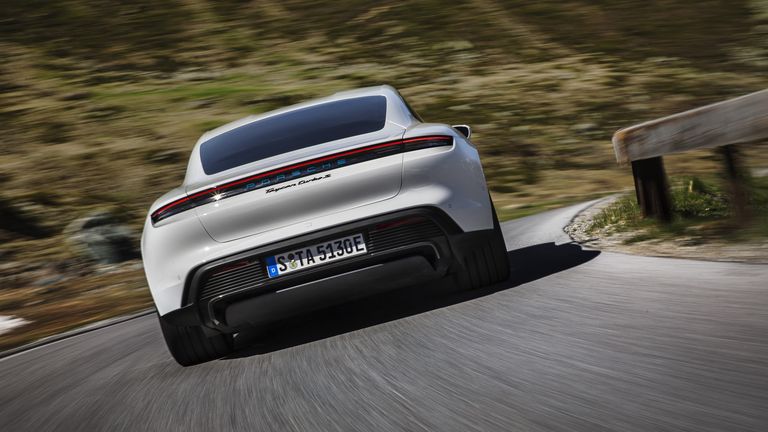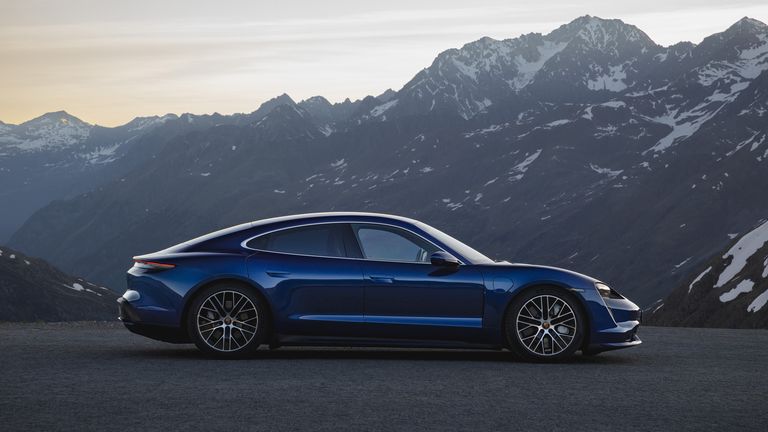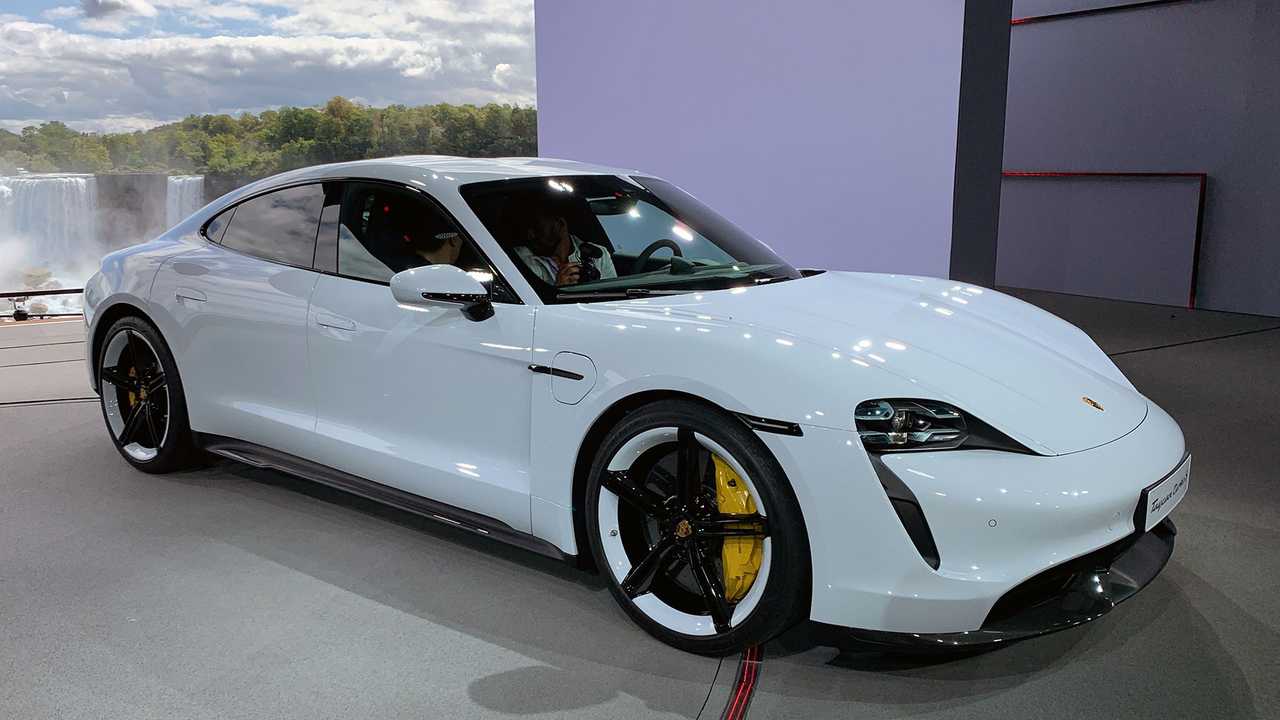“This day marks the beginning of a fresh age,” said Porsche CEO Oliver Blume. He couldn’t have been more accurate. Introducing the all-new 2020 Porsche Taycan, the first-ever all-electric car of the iconic German automaker. Labeled as a four-door sports car, the Taycan has a very powerful similarity to the 2015 Mission-E idea and provides many fresh innovations in addition to its electric drivetrain. Let’s dig in there.
The first Taycan designs presented here are the Taycan Turbo S and the Taycan Turbo, although less strong versions will appear later this year. Porsche also specifically cites the first body style derivative, the Taycan Cross Tourism, to arrive by the end of next year.

As far as production is concerned, the Taycan Turbo S produces up to 750 horsepower in conjunction with start control and overboost. In the meantime, the Turbo is definitely no slouch with up to 670 hp on tap.
The Turbo S clocked 0-60 mph in just 2.6 seconds, while the Turbo S clocked the deed in just 3 seconds. The maximum velocity for both is electronically restricted to 161 mph.

Total brake weight is 5.132 pounds and 5.121 pounds for Turbo and Turbo S, respectively. Estimates of the official EPA scope have not yet arrived.
Porsche points out that Taycan is the first production vehicle with a system voltage of 800 volts. Typically, EVs do not use more than 400 volts. That big quantity of juice makes it possible to charge quickly. In ideal conditions, the Taycan can charge up to 80 percent in just 22.5 minutes with a maximum peak output of 270 kW. The 800V battery has a total ability of 93.4 kWh, which is approximately the same as the Tesla Model S. If they choose to do so, Taycan holders can also charge their vehicles at home with up to 9.6 kW of alternating current using a conventional connector.


All Taycan trims have two electric motors, one at each axle, resulting in a conventional all-wheel drive. The two-speed transmission is situated at the back axle and is packaged in a single drive module together with the inverter.
Of course, the chassis system is complicated, as it features an adaptive air suspension with Porsche Active Suspension Management, electronic damper control, and a Porsche Dynamic Chassis Control Sport stabilization scheme. There’s a power recovery scheme, too. Drivers can choose between “Normal,” “Sport,” “Sport Plus” and “Range” driving modes. You can also choose the customizable “Individual” mode.
Design-wise, the Taycan is 100% Porsche inside and outside. Despite all of its sophisticated techniques, the structure of the Taycan DNA shows some familiar and welcome styling features, such as its broad and flat design and a silhouette bearing the sloping roofline made famous by the one and only 911. The carved side segments are also a trademark of Porsche. Also notable is the Porsche glass-look logo that has been incorporated into the rear light bar.
In general, it is a sleek and aerodynamic design with a drag value as small as 0.22. But maybe it’s the interior where Porsche has pushed most of the design limits.
There are a driver-focused, stand-alone, curved tool cluster and a 10.9-inch infotainment display. The passenger display screen is optional, although both screens have been intended to be Taycan-specific from scratch. What’s with the typical analog buttons? They were held to a minimum in favor of touchscreens. Welcome to the future of today. Drivers and passengers can also use voice control features that merely react to “Hey Porsche.”
Another first is a completely leather-free interior alternative, as most products are already produced from recycled components for the sake of sustainability. Because it is an EV, there are two baggage compartments: a frunk and a back trunk with 2.8 cubic feet and 12.9 cubic feet of room, respectively.

The price starts at $153,310 for the Taycan Turbo and $187,610 for the Turbo S, not including a $1,350 target and processing fee. Welcome to Porsche’s future, everyone.
2020 Porsche Taycan Pictures 26


